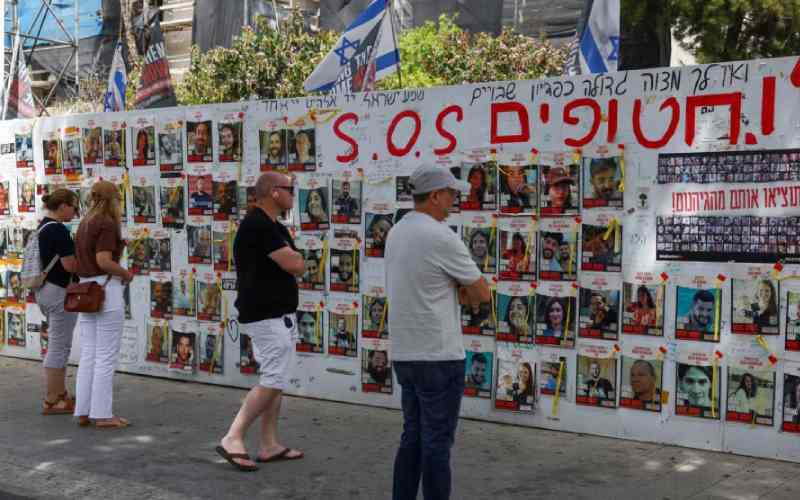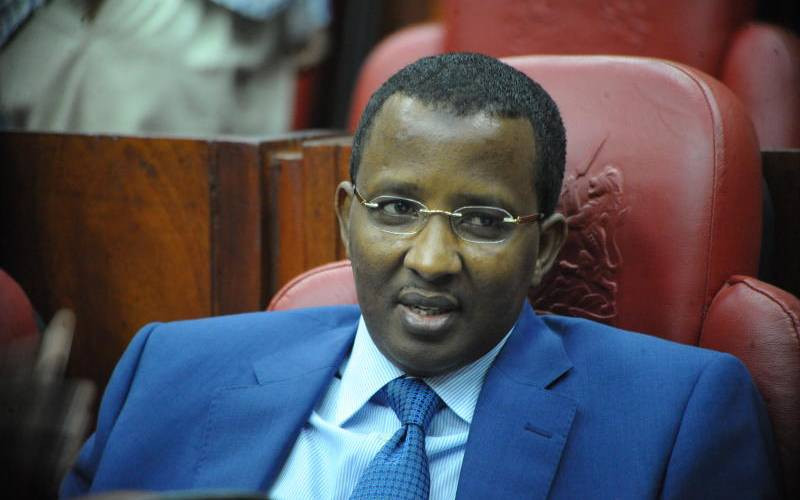BY JIBRIL ADAN
NAIROBI, Kenya: The Kenya Police Service will soon have a modern integrated security system that will revolutionize how it fights crime.
The Integrated Public Safety Communication and Surveillance System being implemented by Safaricom will cost Ksh15 billion and will be completed within the next 18-24 months. It will take another two months for the police officers to be trained on how to use the sophisticated equipment.
Speaking on the project at his Harambee House office where he was taken through a demonstration of how the system will work, President Uhuru Kenyatta said, “I want this done as soon as possible because it is necessary for the safety of our country.” The President expressed his desire to see the project completed in the shortest time possible.
The President also directed the Inspector General of Police David Kimaiyo to include young police officers in the group that would be trained because they would adapt to new technology faster.
The state of the art system comes with video surveillance, digital radios that would replace the walkie-talkies currently used by police, video conferencing system, central command for the communication system and a mapping system.
7600 officers will be equipped with the multi-media radio communication devices during the first phase of the project.
The system is scalable meaning that it can be upgraded with newer features if the need arises in future.
The President was shown how a police officer can take pictures or videos at a scene and share it with the central command and other officers.
Officers who find themselves in dangerous positions where they cannot talk, can turn on the video feature of the radio so that others can see what is going around.
The radio device can be upgraded so that officers can verify identity card numbers, license plates and in future to read someone’s crime records when other sectors of government are digitized.
The radio also has an alarm button, which, when pressed will enable other officers to see his or her location and offer backup.
As part of the project, 1800 surveillance cameras will be installed in Nairobi and Mombasa where the project covers.
The cameras include street surveillance cameras which can read and recognize license plates. Infrared cameras will be installed in alleys or tunnels with little light.
Police stations in the two cities will be connected to the internet and this will enable them use the system.
Stay informed. Subscribe to our newsletter
“The system will use an independent 4G network. It is now designed to be used by 50,000 users but can be increased at no cost if the project is expanded,” said Nzioka Waita Safaricom’s Director of Corporate Communications.
President Kenyatta said he would be keenly following the implementation of the project and directed the Cabinet Secretary for Internal Security Joseph ole Lenku and the Inspector General to pay close attention to the progress of the installation of the system.
The meeting was also attended by Internal Security Permanent Secretary Mutea Iringo among others.
 The Standard Group Plc is a
multi-media organization with investments in media platforms spanning newspaper
print operations, television, radio broadcasting, digital and online services. The
Standard Group is recognized as a leading multi-media house in Kenya with a key
influence in matters of national and international interest.
The Standard Group Plc is a
multi-media organization with investments in media platforms spanning newspaper
print operations, television, radio broadcasting, digital and online services. The
Standard Group is recognized as a leading multi-media house in Kenya with a key
influence in matters of national and international interest.
 The Standard Group Plc is a
multi-media organization with investments in media platforms spanning newspaper
print operations, television, radio broadcasting, digital and online services. The
Standard Group is recognized as a leading multi-media house in Kenya with a key
influence in matters of national and international interest.
The Standard Group Plc is a
multi-media organization with investments in media platforms spanning newspaper
print operations, television, radio broadcasting, digital and online services. The
Standard Group is recognized as a leading multi-media house in Kenya with a key
influence in matters of national and international interest.







